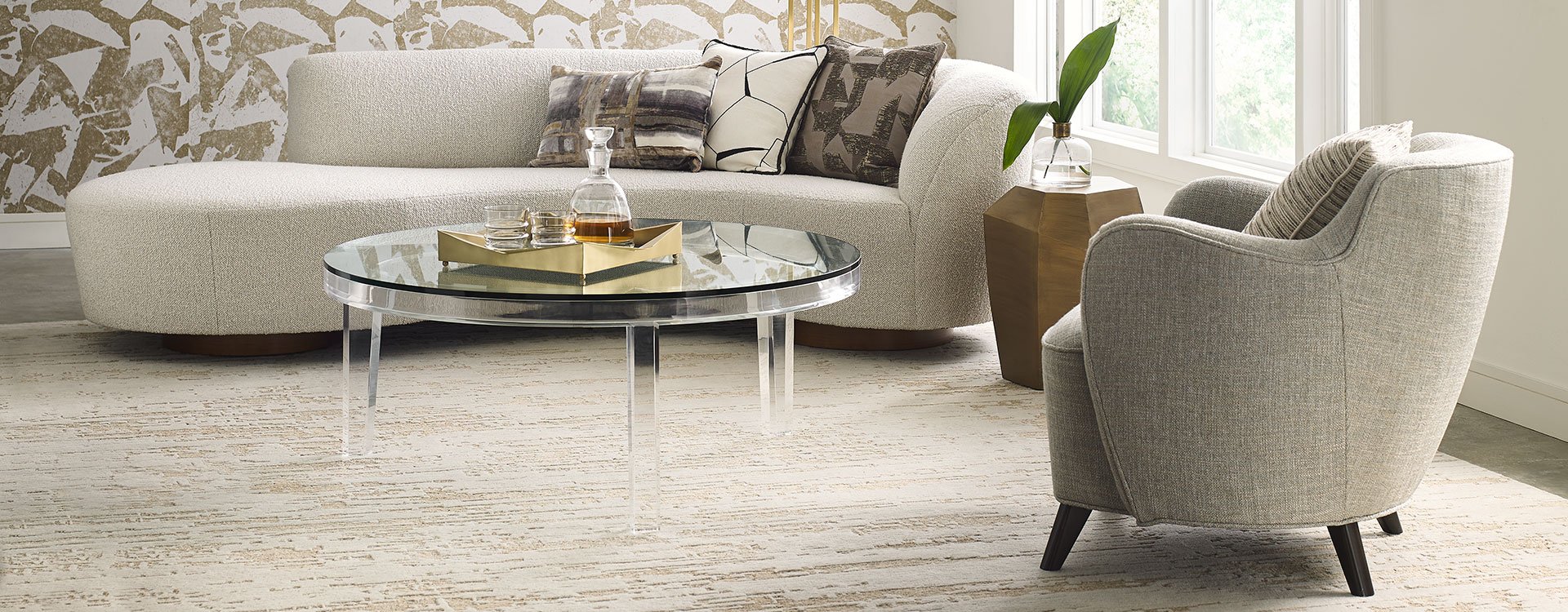OK, all you lovely, loved, and faithful TD Fall’ers, it’s time to talk about creating revenue: finding alternatives to your regular design revenue streams. This notion came to us thanks to a recent article from the Business of Home website titled, “4 designers share how they landed their side hustle”.
BTW, while the phrase “side hustle” is massively popular these days, it seems to be a bit tacky to us and undervalues the importance of generating alternative streams of revenue. (But hey, maybe that’s just us?)
As the article’s author Marina Felix writes, “Creating an additional revenue stream in your business may come with a clear financial incentive, but that doesn’t mean it has to lack passion.”
Pump Up The Revenue (examples)
The following examples will be largely taken from the article highlighted above:
Go ahead, get artsy
“The [painted] art walls [I make] called ‘Wow Walls’ came about in 2018 as a desire to have my interiors be a little bit more creative. I also wanted my clients to feel like they were the muse. Of course, they are the muse, but this gives them a larger-than-life mural that is inspired by them as part of the space. A lot of times the walls are part of my projects, and I have had some clients reach out to me for extra walls later on. I also have some people [who] call me … to have a mural commissioned like a piece of art [which] adds another layer of income for me. – Alicia Bailey, Bailey Li Interiors, Glen Ridge, New Jersey
Memberships are All the Rage Today
“I always envisioned Jenni Kayne as a lifestyle brand encompassing apparel, home, and all the details of everyday living, and the apparel side of the business existed for many years before we decided to venture into home decor and furniture. I’ve always been passionate about interior design, and as we started to pursue brand projects … it felt like a natural next step to launch Jenni Kayne Interiors. While product design plays a major role in my work in interiors, in April 2022, we launched our membership program, The JKH Membership. For $150 annually, our members receive 20 percent off every furniture and home decor purchase—they also have access to exclusive perks from partner brands … JKH Membership is also open to designers through our trade program, so in addition to all of the perks that regular members receive, trade members get an exclusive 25 percent off all furniture and décor … [A stunning]70 percent of all furniture purchases are made by members. … and we have seen high renewal rates.” – Jenni Kayne, Jenni Kayne Interiors, Santa Ynez, California
Preach It… Teach It… Workshop It!
“I worked at [hospitality brand] Sonder for a couple [of] years as a senior designer. I had people coming to me all the time – on LinkedIn, or friends of friends – asking, ‘How do I get into interior design? I really want to do it, and my job is not fulfilling.’ This happened so much that I thought there was really a need for something there that helps people with the business side of [setting up an interior design business] … When I created The E-design Workshop in 2019, there were a lot of up-and-coming websites like Havenly and Decorist that were hiring freelance designers consistently to serve their clients. It seemed like a good opening to create something useful that people want. It’s [become] kind of an evergreen thing.” —Rachael Simon, Rachael Simon Studio, Chicago
Get to the Root of Your Creative Side
“I’m a fourth-generation artist. My family is full of women artists, painters, and musicians. I’ve always loved painting; I’ve just done it more as a hobby and a meditation. It was something that was part of my heritage, but I never knew how much of it. I worked for [the] textile company Holland & Sherry for a few years, assisting with product development and designing the showrooms … there, I learned a lot of resources and about color and texture. During Covid, when everything shut down, I pulled out my paintings and was like, ‘Oh, my goodness, I need to start putting this together in the textile form.’ So I started researching. I found a great local printer, and they use eco-friendly inks, which I really loved. Designing wallpaper was something that I just felt very moved to do, and I’m doing it slowly.” – Kathryn Hunt, Kathryn Hunt Studio, Mattituck, New York
What’s Up With That?
Existing as we do in such a creative industry, we find it surprising that so few of us figure out new ways to generate new revenue streams outside our comfort zones. These talented “industry pros” however, do not seem to have that problem.
Have you found ways to generate more income? Have you even thought about trying to? If you were to accept such a challenge, where inside yourself would it come from?
Remember, our hero Ted Fall remains available for business consulting to the luxury furnishings and design trades. Maybe he could help you brainstorm ideas to generate new revenue streams. Couldn’t hurt, right? So, go ahead and… Contact TD Fall today.














